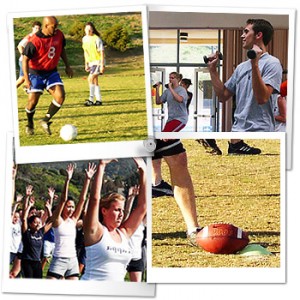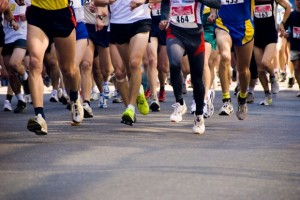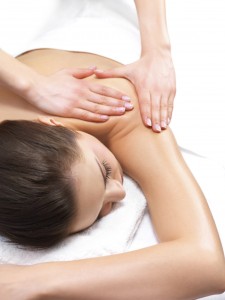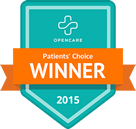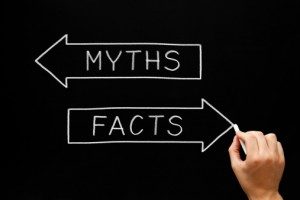 Medical myths are beliefs that in some cases are based on fact, but most are simply misunderstood concepts about our bodies.
Medical myths are beliefs that in some cases are based on fact, but most are simply misunderstood concepts about our bodies.
Medical Myth #1 Stress Is The Reason For Having Grey Hair:
Many people believe that stress causes our hair go grey. Stress does increases the number of free radical molecules that attack healthy cells and this increase does produce stress hormones in the body. That said, there is currently no scientific evidence that proves stress makes our hair turn grey. A persons genetic “makeup” is the reason for having grey hair.
Medical Myth #2 Eggs Are Bad For You:
The most recent studies have showed that eating six eggs a day for six weeks had no significant effect on cholesterol levels. What we do know is that eggs are a complete protein source.
Medical Myth #3 Antioxidants Are Good For You:
The belief is that antioxidants increase free radicals formed by oxygen, and can slow aging, reduce cancer risk and prolong life.
Oxidation which is the formation of free radicals by oxygen is what kills cancer cells. Oxidation is your body’s response to abnormal cells which occur naturally in our bodies. Ingesting too many antioxidants may actually suppress your body’s ability to respond to these abnormal cells.
Medical Myth #4 Cracking Your Knuckles Will Give You Arthritis:
Osteoarthritis is the degeneration of cartilage in your joints, and is caused by age and general wear and tear. Cracking your joints, specifically your knuckles, will not cause arthritis.
Medical Myth #5 Feed A Cold, Starve A Fever:
This myth has been around for years. The truth is don’t deny your body the nutrients it needs. If you feel like eating and can keep food down, eat. Remember to keep the meals simple and easy to digest.
Medical Myth #6 Microwaving Kills The Nutrients In Food:
Numerous studies found that microwaving food often retains more nutrients than conventional cooking. That’s because the cooking time is shorter and you’re less likely to use water.
When microwaving food, use a microwave-safe container to avoid releasing chemicals into your food.
Medical Myth #7 Reading In The Dark Will Damage Your Eyes:
Reading in dim light can cause eye strain, which can lead to sore eyes, headaches and blurred vision. However, eye strain is a short-term problem and will have no lasting effects.


